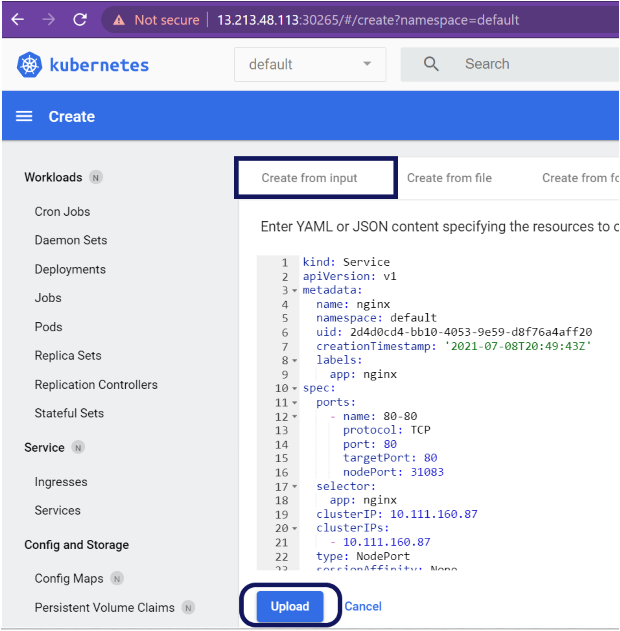Should different things be configured in one file (e.g. items and things) or would be prefer to have different files?
Thinking from the perspective of rule templates and sharing I think allowing it all to be configured in one file would be a nice step towards supporting a bundle of configs (e.g. a collection of Items, Rules, and Widgets). I know the marketplace can't handle that (yet?) but even with git repos and forum posts that would make sharing a little easier.
If we could support variables (like Ansible for an example) that could be very powerful from a sharing perspective. But I know, we need to walk before we run.
Should there be a versioning? This would allow us to better handle future upgrades.
I don't know the full implication from the developer perspective, but from an end user perspective it sounds like a really good idea. Upgrades are a pain point.
I would suggest to add a YamlModelRepository (similar to our XText ModelRepository) that is an OSGi service that encapsulates all YAML processing and file processing. Consumer are OSGi services that implement YamlModelListener
where T is a DTO that describes the format. The listeners are injected into the YamlModelRepository and whenever a matching model (identified by the root name) is found the listener is notified.
Again, this might be jumping too far ahead, but I've always found it awkward that the only way to develop/test a rule template is to publish it in the marketplace. I would hope that this YamlModelRepository might provide a way to load a rule template locally without going through the marketplace. It would greatly improve the rule template development experience.

As discussed in #3636 we need configuration for user-defined tags. It was discussed that an easy to understand standard configuration format would be preferable over creating a new DSL. It was also suggested in different issues that it would be nice to be able to copy&paste from UI to files. Main UI uses a YAML representation for things and items, so this would be good choice. We already have a feature for Jackson's YAML parser, so no additional dependencies are needed for that.
However, there are a few things to discuss:
I would suggest to add a
YamlModelRepository(similar to our XTextModelRepository) that is an OSGi service that encapsulates all YAML processing and file processing. Consumer are OSGi services that implementYamlModelListener<T>whereTis a DTO that describes the format. The listeners are injected into theYamlModelRepositoryand whenever a matching model (identified by the root name) is found the listener is notified.Example listener (not fully implemented):
Example DTO:
and the file: